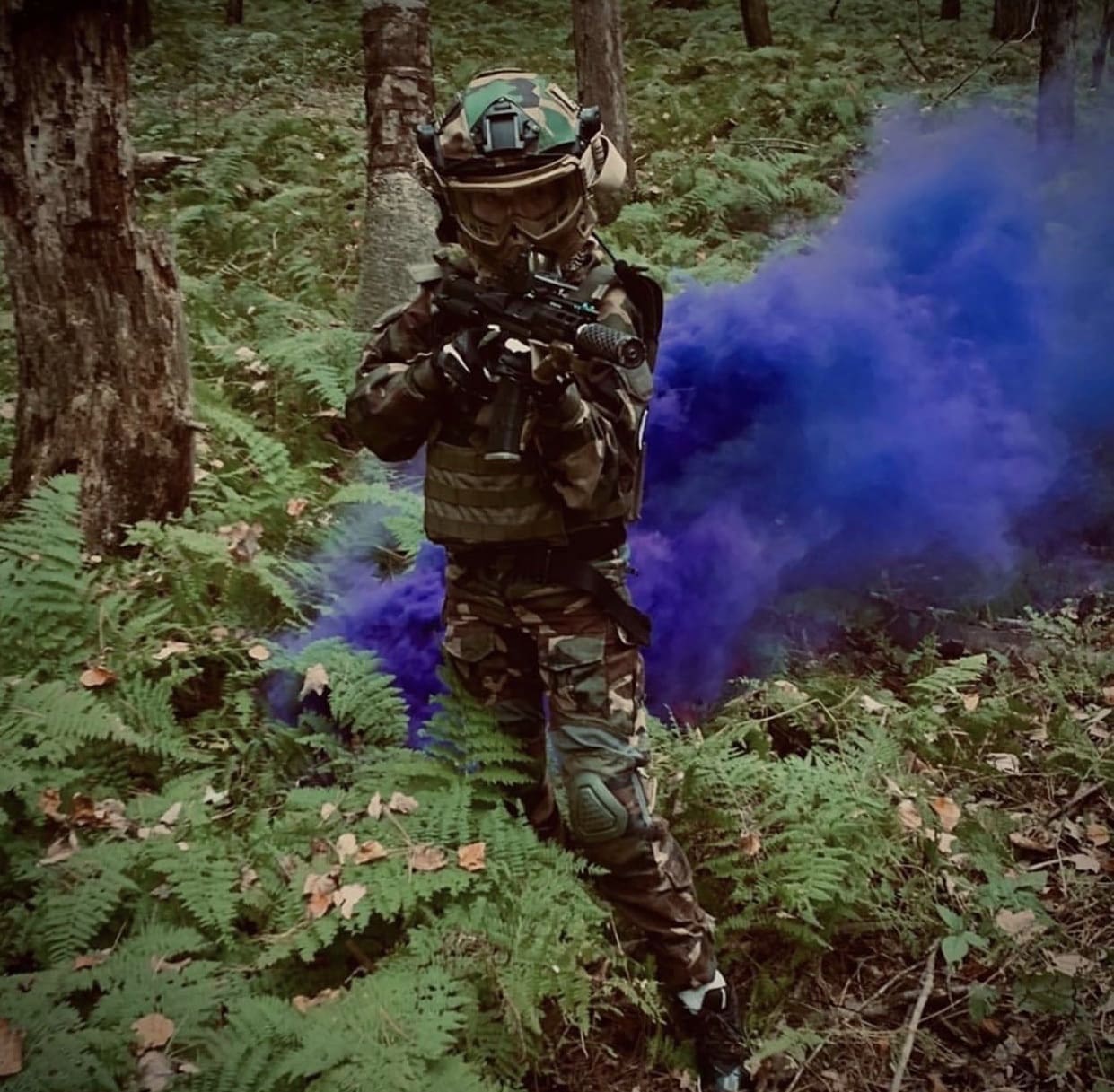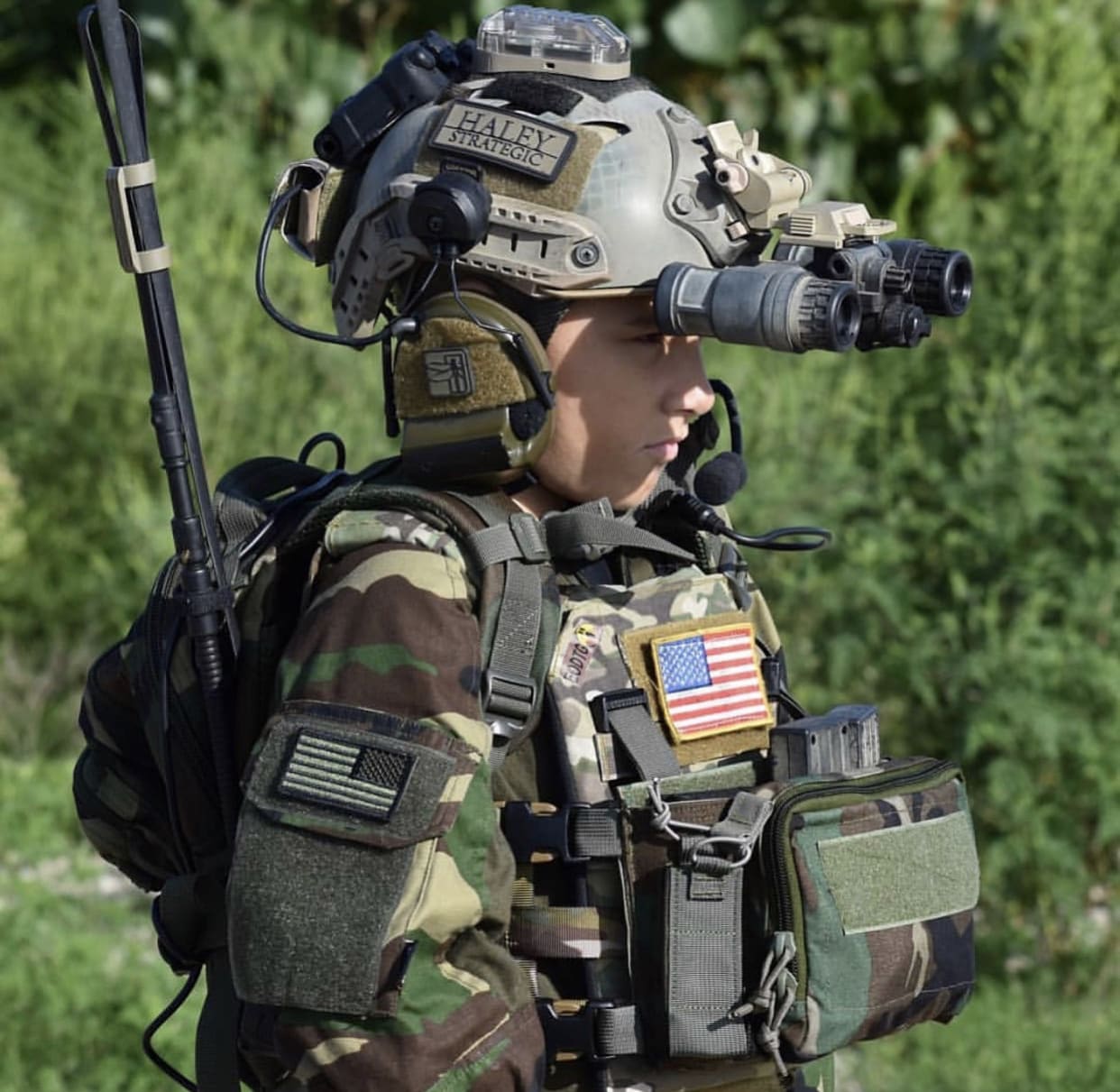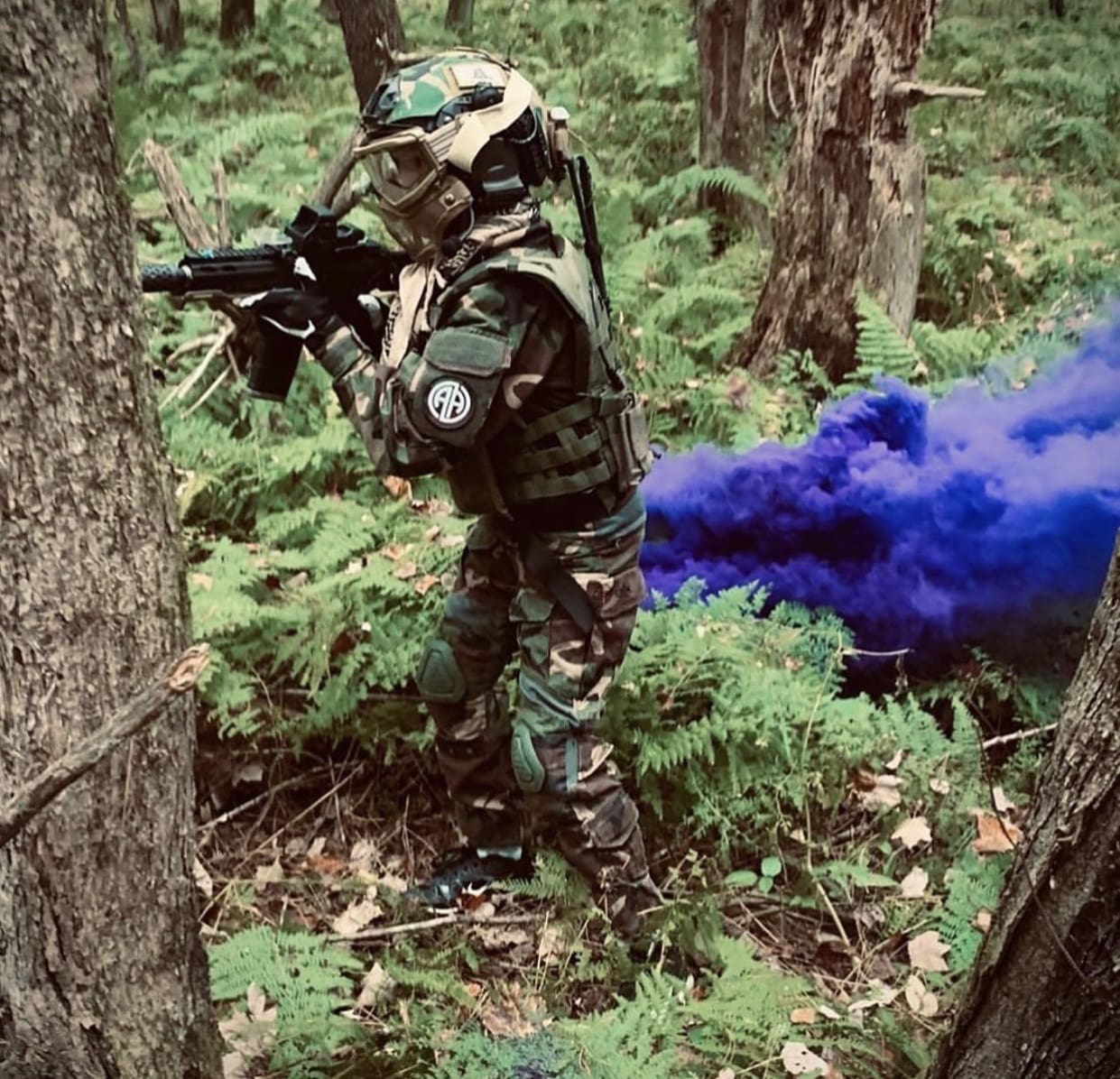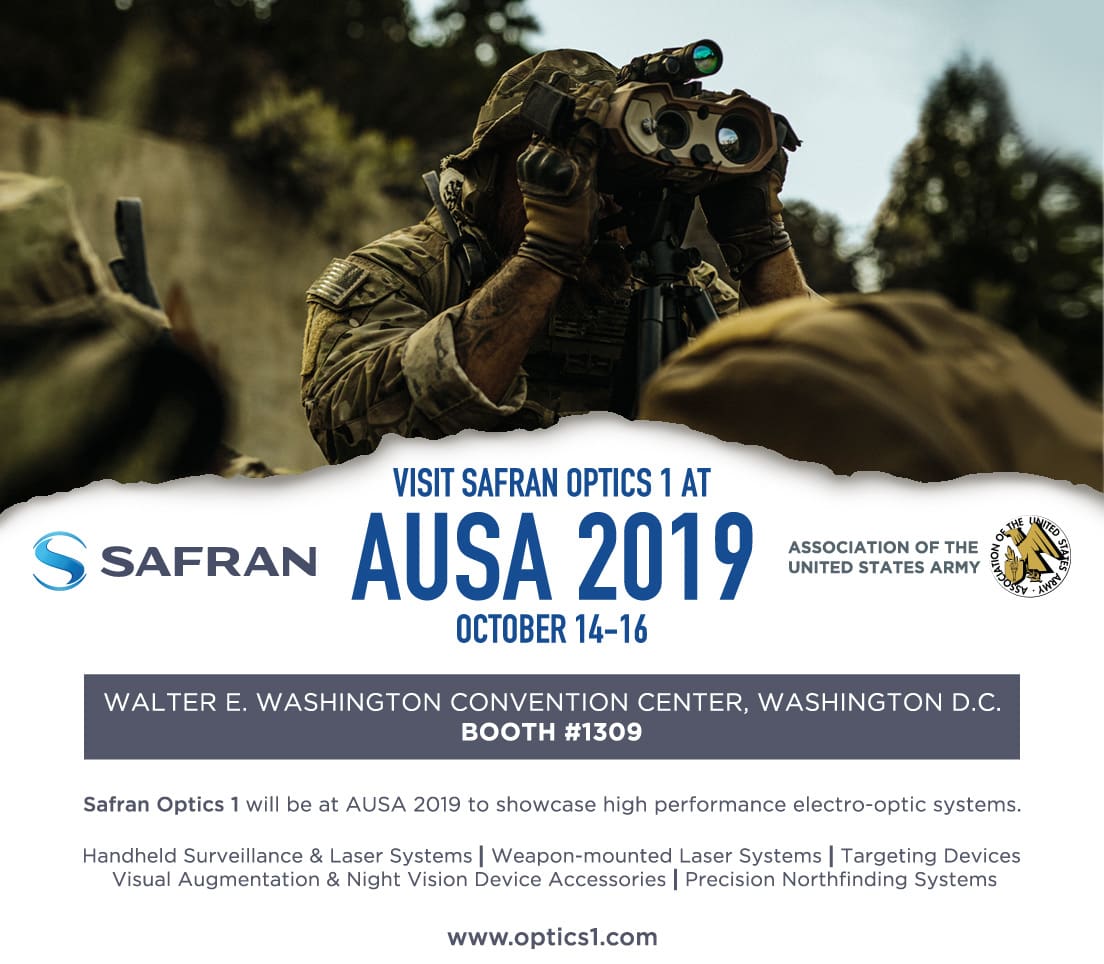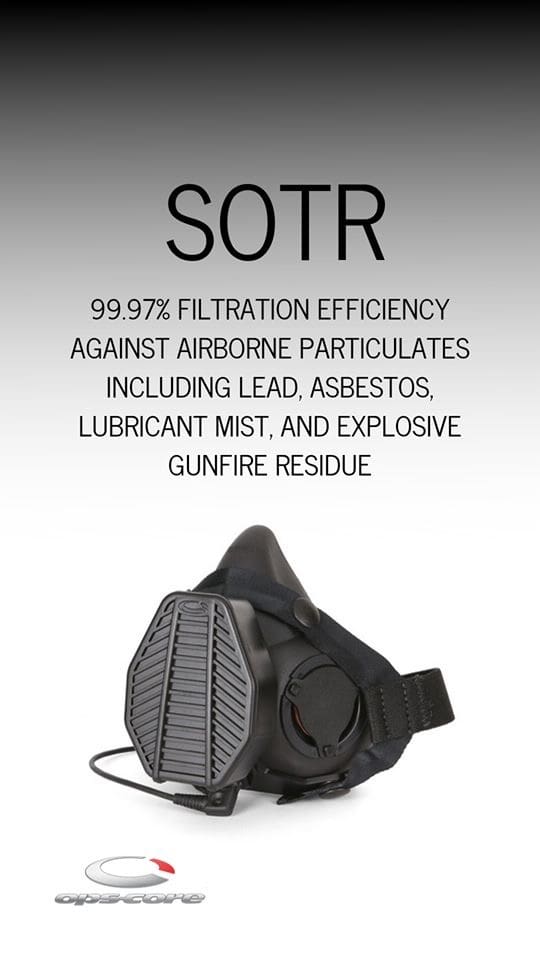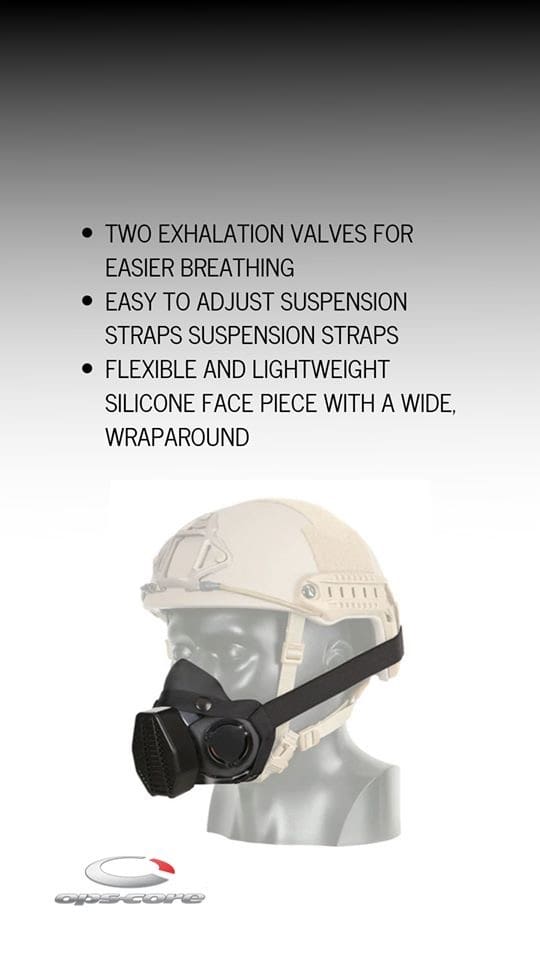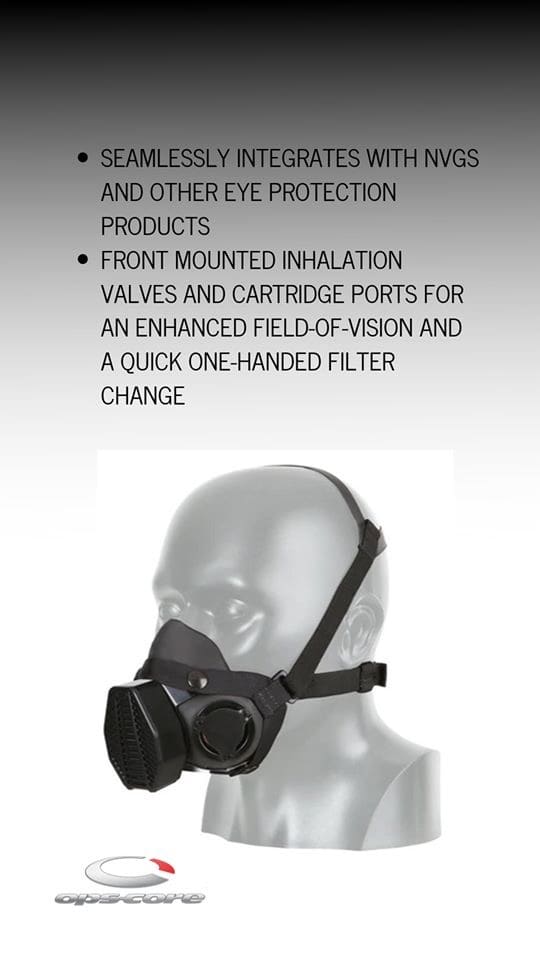WESTFIELD, Massachusetts – October 3, 2019 – Savage Arms is proud to announce their sponsorship of the 2019 GAP Grind/Bushnell PRO/AM. This two-day match will pit individuals and teams against each other in a unique match designed to test their skills and introduce amateur shooters to the world of professional competition. The event kicks off October 4th, at the K&M Shooting Complex in Finger, Tennessee.

To celebrate the sportsmanship that defines the largest precision rifle match in the world, Savage is debuting three new rifles. These guns mark the launch of a new family of Savage firearms: The Precision Series.
“Savage is proud to play a part in the 2019 GAP Grind/Bushnell PRO/AM,” said Beth Shimanski, Director of Marketing at Savage. “To commemorate the match this year, we’re introducing the Precision Series. We’re been working with the team at Modular Driven Technologies to realize the full potential of these Savage rifles, and the results are outstanding.”
“The MDT chassis are an ideal match for these Savage actions,” said Jessica Treglia, Sr Brand Manager at Savage. “The pairings will allow shooters to custom fit every aspect of these rifles to suit their needs.”
The 110 Elite Precision
The 110 Elite Precision is the pinnacle of the latest Savage 110 designs. We’ve begun with the time-tested Model 110 action and then rethought every aspect of the rifle. The overhaul includes all of the upgrades demanding shooters make to their long-range tack drivers.
• Savage factory blueprinted action
• MDT ACC aluminum chassis with fully adjustable stock
• ARCA Rail along the entire length of the chassis
• Stainless steel, flash nitride target receiver
• Titanium Nitride bolt body
• 1.5-4 lb user-adjustable AccuTrigger
• Self-timing taper aligned muzzlebrake
• MDT Vertical Grip and AICS magazine
The B Series Precision
Savage builds the B Series rifles to take full advantage of rimfire rounds. From .22 LR to the punch of .22 WMR, the B Series delivers exceptional performance.
• Custom 1-Piece MDT Chassis machined from billet aluminum
• Adjustable length-of-pull and comb height
• 18” heavy threaded barrel w/ flush cap
• 1-Piece Picatinny rail
• User-adjustable AccuTrigger
• 10-round detachable magazine
A22 Precision
The A22 Precision stands as the showcase to Savage’s love affair with the .22 LR. With its heavy threaded barrel riding proudly above the MDT chassis, this is one rimfire that is built to perform.
• Custom 1-Piece MDT Chassis machined from billet aluminum
• Adjustable length-of-pull and comb height
• 18” heavy threaded barrel w/ flush cap
• 1-Piece Picatinny rail
• User-adjustable AccuTrigger
• 10-round detachable magazine
• Oversized charging handle
The new Precision line will debut before the official competition and is only one highlight of Savage’s sponsorship this year. In the spirit of the 2019 GAP Grind/Bushnell PRO/AM, Savage is hosting Ready. Set. Grind. For this, Savage Arms will open the ranges for data confirmation and last minute adjustments on the Friday before the match—as well as give attendees an exclusive change to shoot the new Precision line. Representatives from MDT, K&M Precision Rifle Training and Savage Arms will be on hand to assist competitors, as needed.
